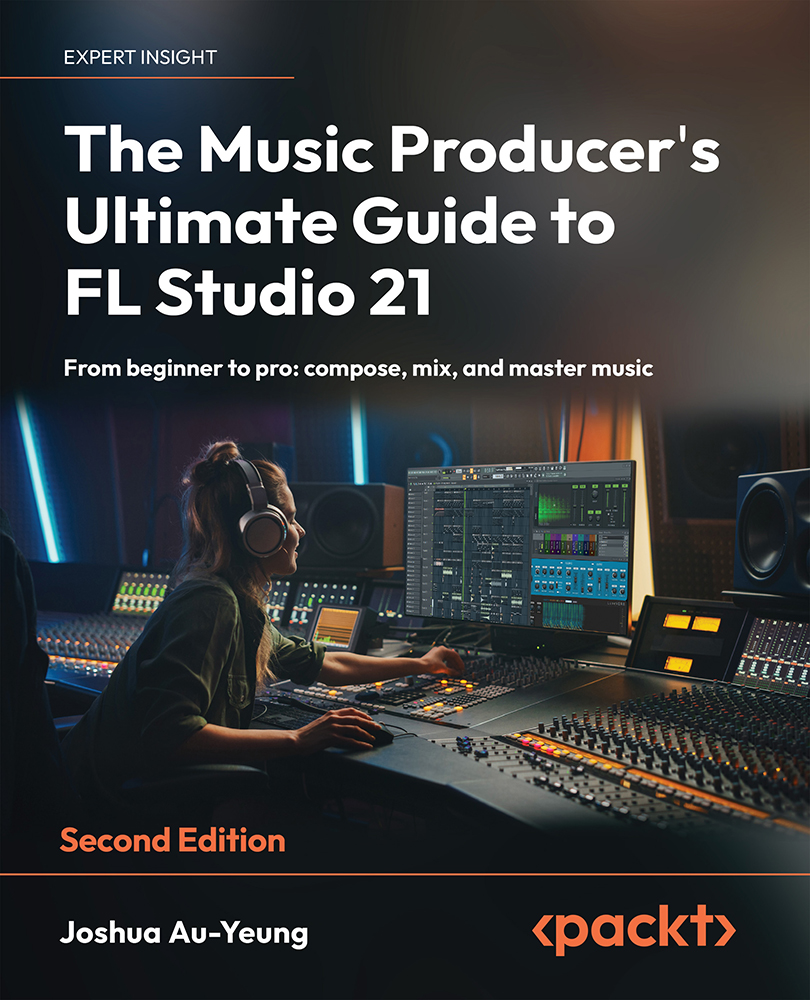Panning audio
The simplest tool to increase stereo width is a technique called panning. Before we can explain panning, we need to understand what mono and stereo mean.
Monophonic sound (known as mono) is the term used when different audio channels play the same sound equally. Regardless of whether you are listening out of your right or left speaker/headphone, the audio is identical. Mono is used for radio talk shows and telephone calls.
When identical audio is played out of two audio speakers, as with mono, your ears perceive the sound as originating from a location in the middle of the two sources. This is known as a phantom center.
Stereophonic sound (known as stereo) means you have different sounds coming out of each audio channel. If your left speaker/headphone has a different sound coming out of it from the right, your sound is said to be in stereo. The benefit of stereo sounds is that it creates the illusion of audio coming from multiple directions just like in real...
































































